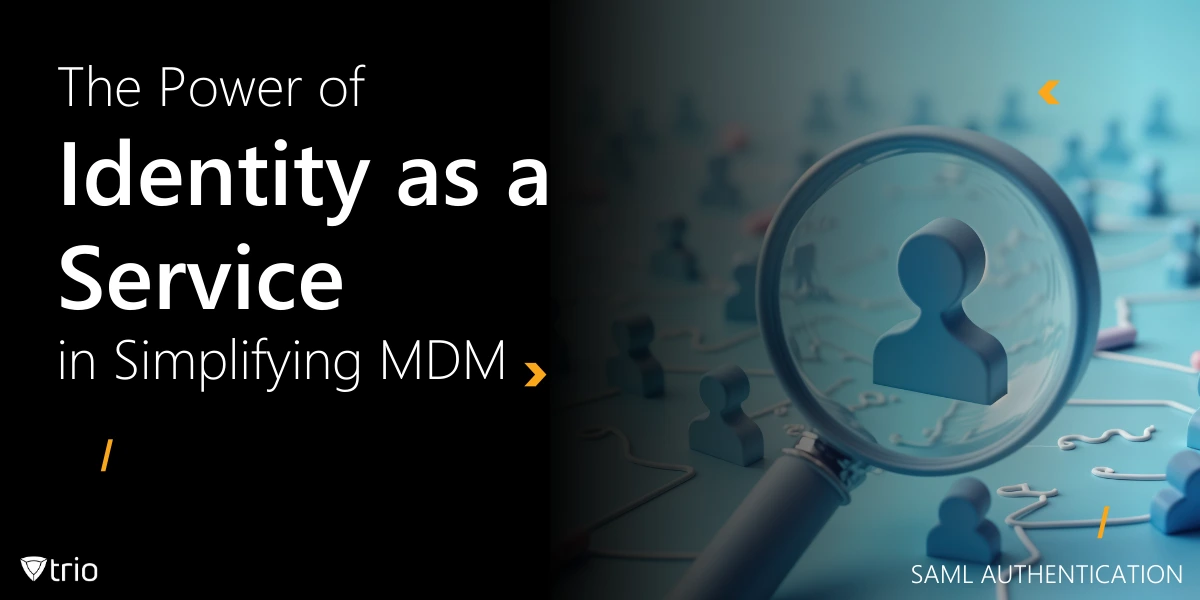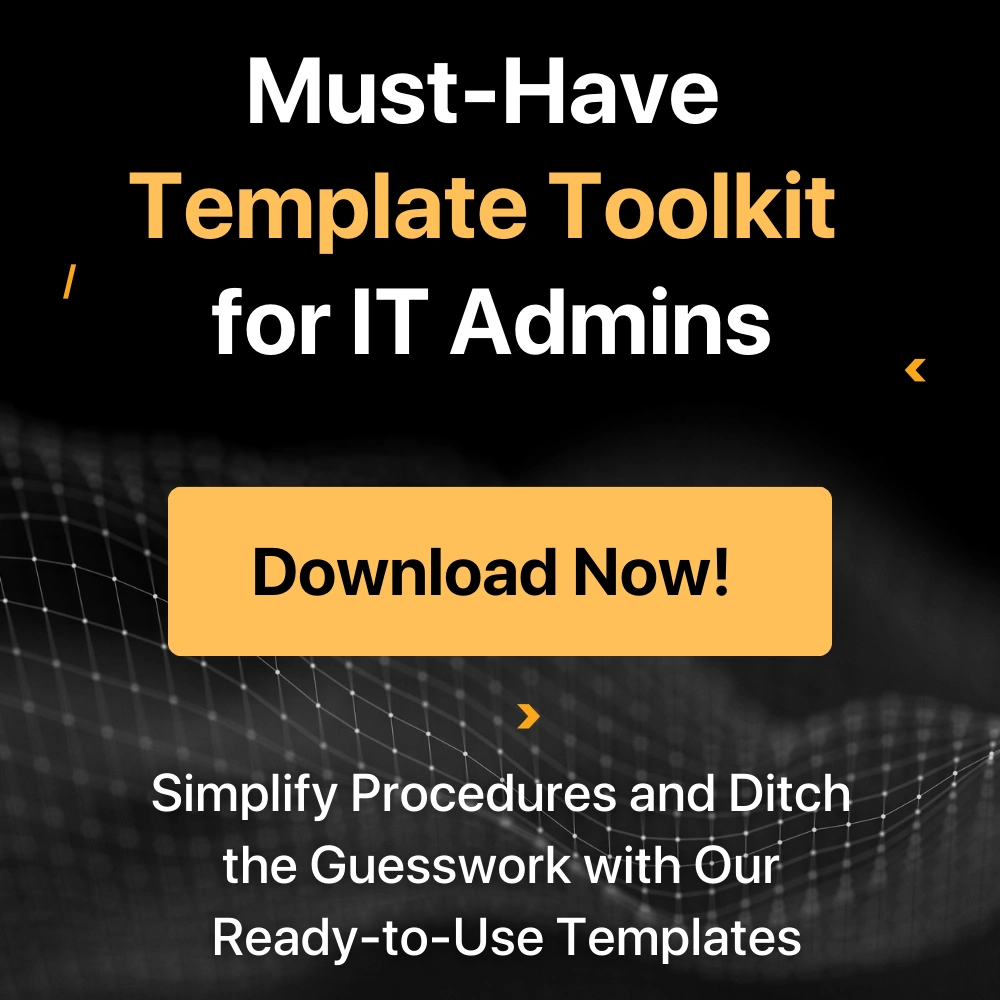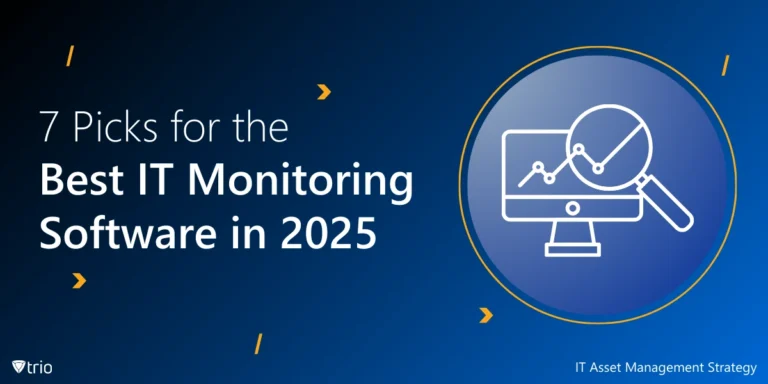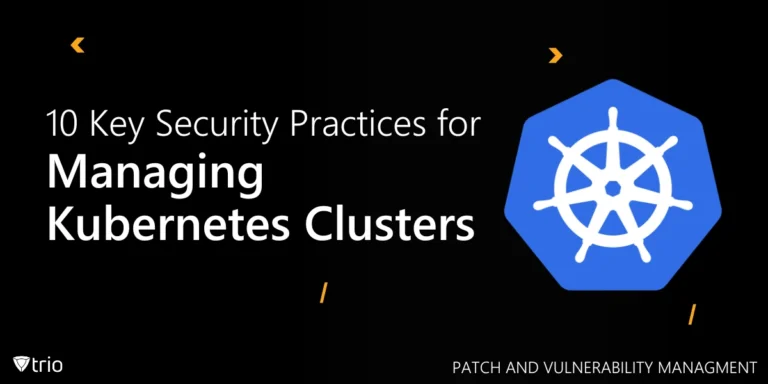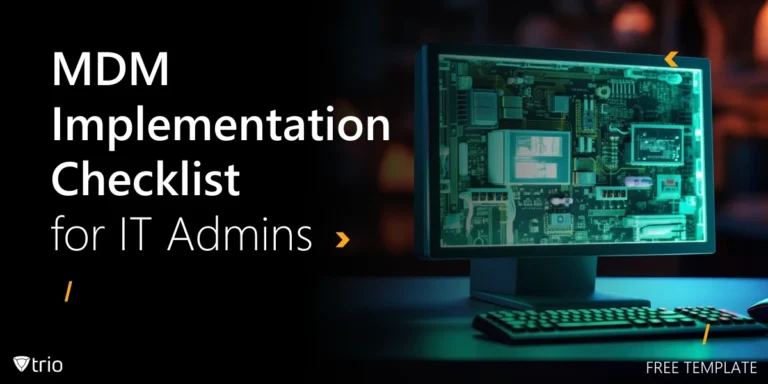Managing a fleet of mobile devices can sometimes feel like herding cats – just when you think everything is under control, another device or user account goes rogue. IT administrators often juggle tasks like setting up new phones, resetting forgotten passwords, and revoking access for former employees. It’s a frustrating circus act that highlights the core issue: ensuring the right people have access to the right resources on every device. This is why managing identities (and SAML authentication) is so crucial in modern IT environments. A user’s identity acts as the central thread connecting all their devices and applications.
Identity as a Service (IDaaS) emerges as a promising solution to tame the chaos. In simple terms, IDaaS provides cloud-based identity management services that can integrate with your mobile device management (MDM) strategy. It promises a more streamlined, secure way to manage who can do what on which device, without driving the IT team up the wall.
What is Identity as a Service (IDaaS)?
Identity as a Service is essentially identity management as a service – a cloud-based approach to handling user identities and access. Instead of running your own identity servers on-premises, you entrust this job to an IDaaS provider that specializes in keeping logins secure and straightforward. How does this differ from traditional identity management? Think of the old way: setting up and maintaining something like an Active Directory or another on-site system, manually updating user accounts, and troubleshooting authentication issues at 3 AM. With IDaaS, all of that heavy lifting is outsourced to the cloud.
Beyond the basics of verifying usernames and passwords, IDaaS platforms pack a punch with useful features. They often include Single Sign-On (SSO) – meaning one login opens the door to many apps – as well as user provisioning (automatically creating or removing accounts), and even analytics on login activity. For an Identity as a Service example, consider how employees might access their email, HR system, and cloud storage all through one central login portal. That’s IDaaS in action: it centralizes authentication for a smoother, more secure user experience.
Why Managing Identities is Critical to Effective MDM
Mobile workforces today use multiple devices – smartphones, tablets, laptops – and each one needs access to company resources. Without a unified identity system tying it all together, managing those access rights becomes chaotic. IT teams end up playing whack-a-mole with accounts: disable a user on one system here, create a new login on another system there, and hope nothing falls through the cracks. This patchwork approach is not only inefficient but also risky. If identity isn’t managed consistently across devices, you might leave open back doors (say, a forgotten account on an old phone) that hackers or unauthorized users can exploit.
Security is the biggest concern. In fact, a huge percentage of data breaches stem from mismanaged credentials or accidental access. This is a startling figure that underscores how failures in managing identities can directly lead to security incidents. Imagine a scenario where an employee leaves the company but their email and apps on a tablet aren’t deactivated – that’s a data breach waiting to happen. Apart from security risks, lacking proper identity integration also hurts productivity: employees may struggle with multiple logins or get locked out of important apps, and IT helpdesks get flooded with password reset requests.
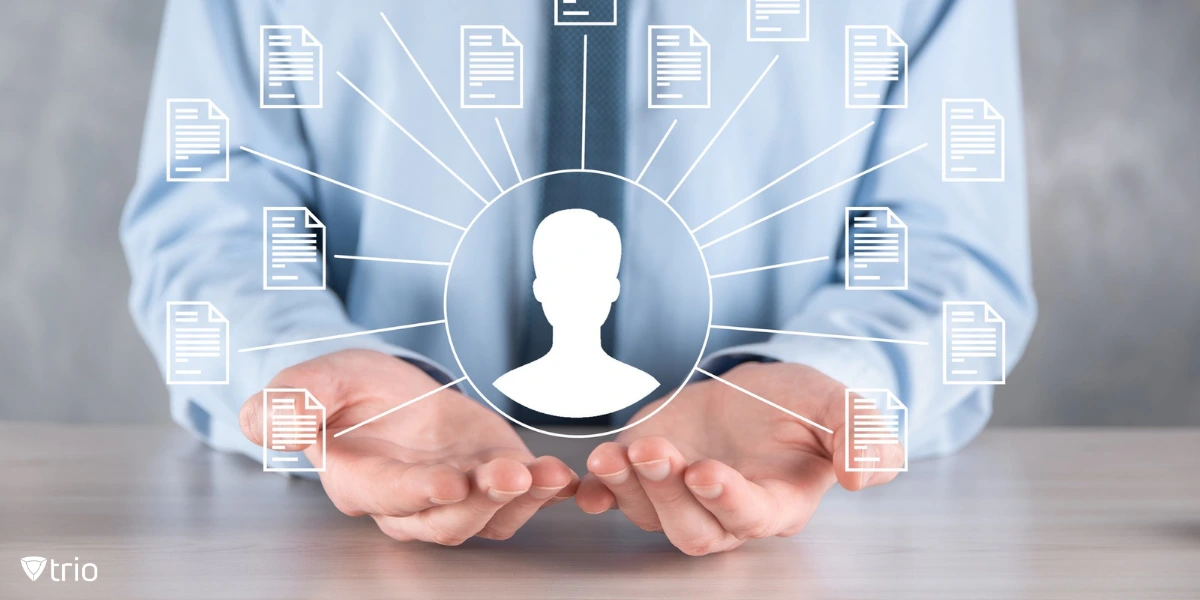
Key Benefits of Integrating IDaaS With MDM Solutions
Integrating an IDaaS platform with your MDM solution isn’t just a fancy IT project – it yields very practical benefits that both IT staff and end-users will appreciate:
- Simplified Device Onboarding and Offboarding: Bringing a new device or employee on board becomes much easier. With IDaaS in the mix, a new hire’s digital identity can be created once and automatically rolled out to all necessary apps and device profiles. Likewise, when someone leaves, disabling their access in the IDaaS instantly revokes credentials on all their managed devices.
- Enhanced Security: IDaaS adds serious muscle to your security stance. It uses industry-standard protocols (like SAML) and authentication methods to ensure every login is legit. These SAML cyber security measures mean things like single sign-on tokens and identity assertions are handled in a highly secure way.
- Streamlined User Experience With SSO: From the user’s perspective, life gets a whole lot easier. Thanks to Single Sign-On provided by the IDaaS, an employee can log in once and then seamlessly access their email, CRM, Slack, and any other work apps without repeated logins. On a managed device, that means fewer prompts and less password juggling.
- Improved Compliance and Auditability: When identity and device management are tightly integrated, tracking “who did what on which device” becomes much more straightforward. IDaaS platforms typically maintain detailed logs of user authentications and access attempts. Pair that with MDM’s device logs, and you have a rich audit trail. This is a lifesaver for compliance audits and security investigations.
- Cost and Resource Savings: Maintaining on-premises identity servers or handling countless manual access changes can be expensive (and exhausting). IDaaS is usually subscription-based, meaning you can reduce hardware costs and administrative overhead. Your IT team spends less time putting out fires related to account issues, and more time on strategic projects.
Practical Steps for Leveraging IDaaS to Simplify MDM
So how do you actually go about marrying your identity system with mobile device management? Here’s a step-by-step approach to help you leverage IDaaS effectively:
- Choose the Right IDaaS Provider: First, evaluate and select a provider from the many Identity as a Service providers on the market. Look at factors like security features, compatibility with your existing systems, ease of integration, and pricing. Big names in this space include Okta, Microsoft (Azure AD), OneLogin, and others – each with their own strengths.
- Integrate IDaaS with Your MDM System: Once you have an IDaaS, link it with your MDM. This typically involves some configuration on both sides. For example, you might set up your MDM to use the IDaaS as its identity source, often via Single Sign-On. In practice, this could mean configuring SAML or OIDC settings so that when users log into the MDM-managed portal on their device, they authenticate through the IDaaS.
- Automate User Provisioning and Policies: With the connection in place, take advantage of it by automating workflows. When a new employee joins and you add them in the IDaaS, have it automatically create the necessary accounts or profiles in the MDM (and by extension, on their devices). Likewise, set up automatic deprovisioning – if someone is disabled in the IDaaS, your MDM should instantly lock or wipe their devices.
- Test and Roll Out in Phases: Before throwing the switch for the whole company, run pilot tests. Maybe start with a small department to make sure that logging in with the new IDaaS on managed devices works as expected and that all necessary apps are accessible. Gather feedback – did users find the single sign-on convenient? Did IT encounter any hiccups with provisioning? Iron out any kinks, then roll out to the broader organization.
Best Practices to Maximize the Value of IDaaS in MDM
Integrating IDaaS with MDM is powerful, but to truly get the most out of it, keep these best practices in mind:
- Regularly Update Access Privileges: Identities aren’t static. People get promoted, change roles, or leave the company. Make it a routine to review and update who has access to what. Through your IDaaS, ensure each user’s roles and group memberships are current, so that the MDM is always enforcing the right access on devices.
- Enforce Strong Authentication: Your shiny new identity system should be configured for strong security. Enable MFA on user accounts, so a stolen password alone isn’t enough to breach an account. Consider other modern auth methods too, like biometric authentication or hardware tokens, especially for sensitive apps.
- Conduct Compliance Reviews and SAML Configuration Checks: Just because things are automated doesn’t mean you can set and forget. Regularly review compliance reports from your IDaaS and MDM – many systems can generate reports showing who accessed what and whether any policies were violated. These reports help in spotting unusual activity or gaps. Additionally, periodically verify your SAML configuration (or whatever SSO setup you use) to ensure it’s up-to-date with certificate rotations, correct identity provider URLs, and proper attribute mappings.

Trio MDM: Simplifying MDM With IDaaS Integration
MDM and IDaaS are a dynamic duo – and Trio MDM makes sure they work together in perfect harmony. Trio’s mobile device management platform is built with identity integration in mind, so you don’t need to be a tech wizard to connect it to your chosen IDaaS. In practice, this means you can link Trio to popular identity providers (like Okta, Google Workspace, or Azure AD) in just a few clicks. Once connected, Trio takes over the heavy lifting: it automatically syncs user roles and permissions from the identity system and applies them to device policies. The result is a unified environment where a user’s identity drives what they can or cannot do on their device – with no extra manual steps for IT.
What does this look like day-to-day? Imagine an employee onboarding: create their account in your IDaaS, and Trio MDM will instantly enroll their smartphone with the right apps and permissions, without IT scrambling to configure things. Or consider security: if an identity threat is detected (say an account gets flagged in your IDaaS due to suspicious activity), Trio can respond by enforcing a device lock or wipe in real time. The integration is seamless, meaning your team spends less time toggling between systems and more time focusing on strategic tasks.
Don’t just take our word for it – try Trio’s free demo to see this in action.
Conclusion
In the race to manage ever-growing fleets of mobile devices, Identity as a Service has emerged as a secret weapon for IT teams. By offloading identity chores to a cloud service and tightly integrating it with MDM, organizations can dramatically boost their security, streamline user logins, and cut down on tedious admin work. The power of IDaaS in simplifying MDM comes down to a few key wins: stronger security through unified identities and consistent policies, higher productivity thanks to single sign-on and automated provisioning, and lower costs by reducing manual effort and infrastructure. It transforms the chaotic task of mobile device management into a more organized, even automated, part of your IT strategy.
As threats evolve and workforces become more mobile, the synergy between identity and device management will only grow in importance. Companies that embrace this approach – continually optimizing their identity strategies alongside MDM – will find themselves two steps ahead in the security and efficiency game. In short, simplifying MDM with IDaaS isn’t just a one-time upgrade; it’s an ongoing strategy to keep your organization secure, productive, and adaptable in the face of whatever comes next.
Get Ahead of the Curve
Every organization today needs a solution to automate time-consuming tasks and strengthen security.
Without the right tools, manual processes drain resources and leave gaps in protection. Trio MDM is designed to solve this problem, automating key tasks, boosting security, and ensuring compliance with ease.
Don't let inefficiencies hold you back. Learn how Trio MDM can revolutionize your IT operations or request a free trial today!
